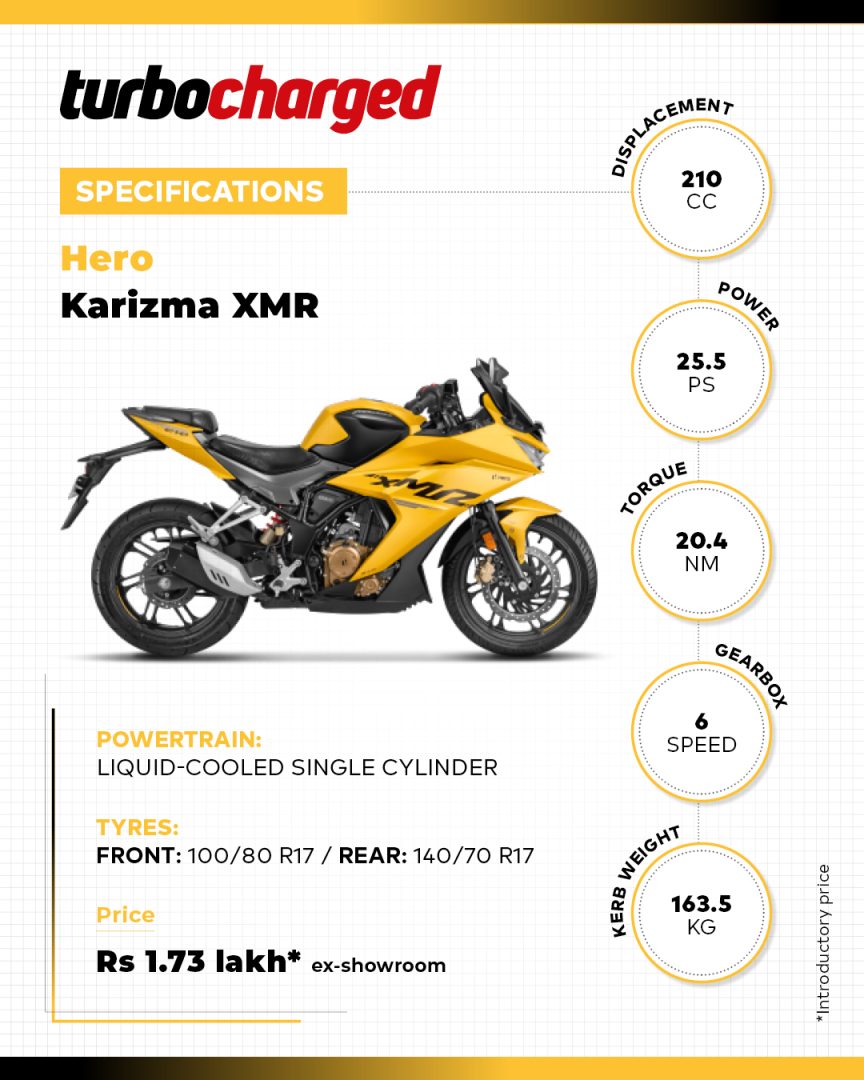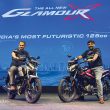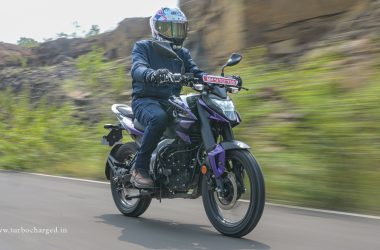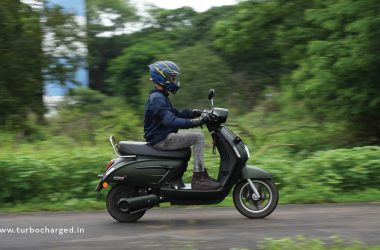Photography: Vaibhav Dhanawade
Back in the early 2000s, the Hero Karizma was the ultimate machine to own in India. It was the largest displacement motorcycle, besides the Bullet of course, and looked like a million bucks with its fairing. Not to forget, with 17PS on offer, it was also the most powerful motorcycle back when it was launched in 2003! The Karizma was thus quick to achieve an iconic status in the minds of the performance-starved and sportsbike craving Indian enthusiast and being seen on one meant you had arrived. And exactly 20 years after the launch of the original, Hero MotoCorp has revived the Karizma name with the all-new Karizma XMR.

The performance game has moved up several notches over the past two decades and goalposts have shifted, but Hero MotoCorp is sticking to its guns and it’s also interesting to note that the displacement of the all-new engine powering the Karizma XMR is in the same ballpark (13cc lower in fact) as the original. Of course, it will be interesting to see when Hero decides to launch a motorcycle powered by the same 440cc motor as the Harley-Davidson X440, but meanwhile, the Karizma XMR is the new flagship for the manufacturer.

The original Karizma’s quarter fairing has made way for a full fairing on the new XMR but more importantly, there’s a noteworthy shift in the design language. While the original was more sports tourer visually, the XMR leans more towards looking like an aggressive sportsbike. In my books, Hero MotoCorp has in fact hit the nail on the head with the XMR’s design. It looks sharp, sporty and very good. Viewed from the front three quarter, the Karizma XMR looks large, but is quite a compact motorcycle in reality and the feeling is conveyed as soon as you look at it from the top and also once you’re in the saddle.
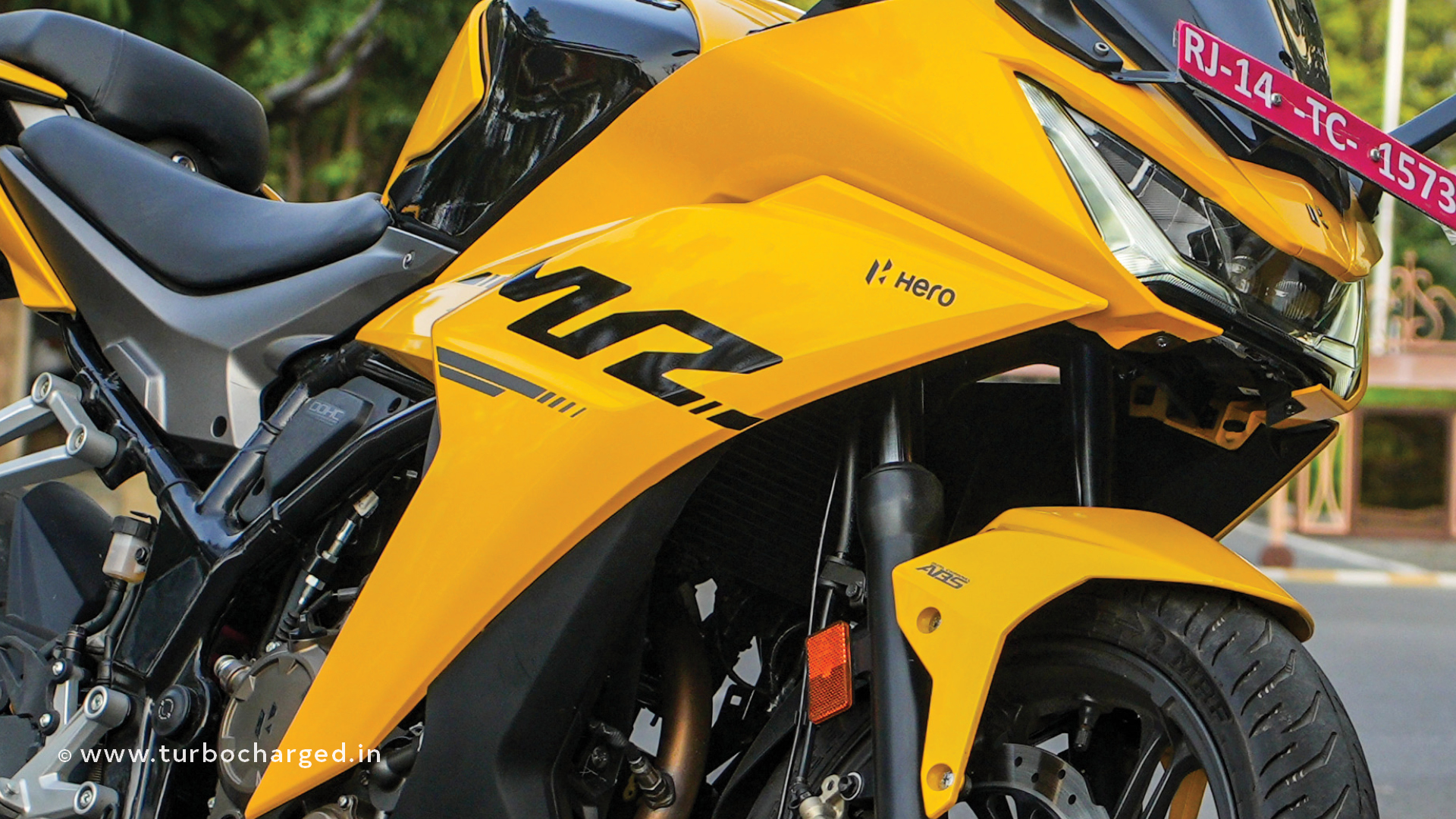
I particularly like the front end – the sharp lines and superbike-esque design make it look bigger and more expensive than it is. In fact, the outline of the headlamp housing reminds a lot of the Honda CBR 929 Fireblade! The headlamp looks sharp thanks to the design of the LED DRLs and houses two LED projectors that offer bright illumination and also make the XMR a sight to have in your rear-view mirrors. Importantly, these are intelligent lights and have an automatic function, which is quite cool and useful. The fairing mounted rear view mirrors are a nice touch, though the relatively compact dimensions of the fairing mean the mirror stalks had to be made long for the mirrors to offer a good view, unlike larger displacement sportsbikes where they are shorter and hence more appealing looking.

The fairing uses a lot of sharp creases but does not look busy and enhances the bike’s appeal and also has XMR writ large on the sides. The XMR makes do with conventional telescopic forks which makes me wonder why Hero did not choose to equip it with the Xtreme 160R 4V’s USDs in terms of form and functionality both. The dual-spoke alloy wheel design looks very good too and adds to the looks. The Karizma XMR also looks very sporty from the sides and has a very good looking silhouette thanks to the fairing, fuel tank, exhaust and obviously, the stepped, split seats. The rear monoshock adds to the ‘clean’ feel too. The red and yellow paint schemes have a contrasting, black-hued panel on the fuel tank but good news is it does not look overdone.
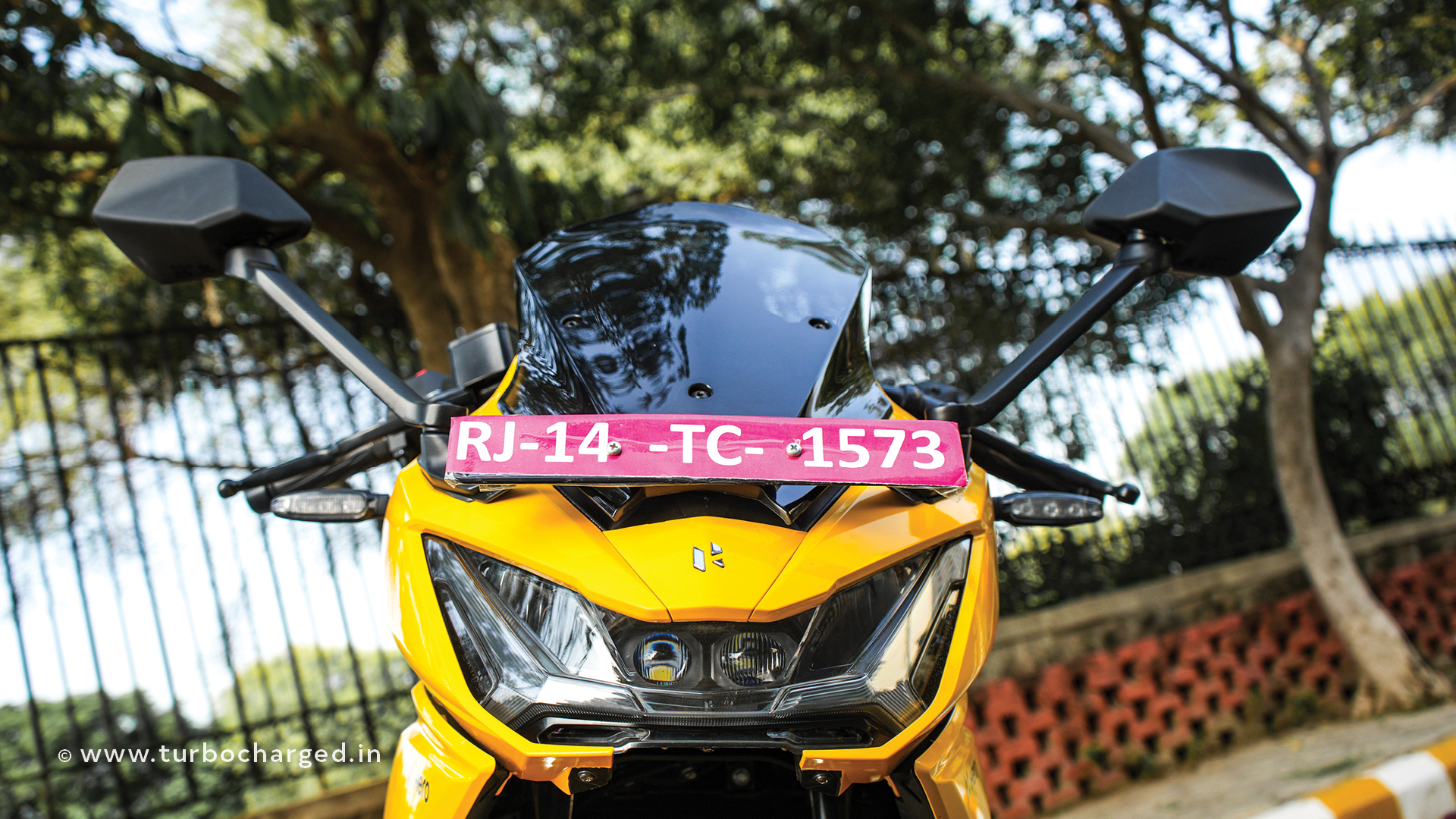
A unique (and a first for a made in India motorcycle) is the height adjustable flyscreen. There’s a switch on the right side of the fairing under the handlebar that you need to press and push or pull the windscreen at the same time to lower or raise it. The ‘clip-on’ handlebars are well-proportioned and not obnoxiously large like the erstwhile Karizma ZMR’s and look good and are also tall enough to not load the rider’s wrists. The rear is a simpler affair as compared to the front and the stop lamp is a H-shaped LED unit but admittedly, the rear three-quarter is where the Karizma XMR looks sportiest from.

The instrument cluster is a digital display, though I would have liked it to be slightly larger. It also packs in a lot of information which can be overwhelming initially, making it a little confusing to look at on the go. That said, you can control the display via switches on the left side handlebar and do not need to fumble for switches on the console, making it easier to use on the go. It also integrates segment first features like turn-by-turn navigation, though viewing the display is a bit of a task in direct sunlight. The switchgear looks and is nice to use and there’s a hazard switch as well, but I would have liked the switches to offer a more tactile feel.

The Karizma XMR’s 210cc engine is an all-new motor and is thoroughly modern. It is liquid-cooled – a first for a Hero MotoCorp – and uses a DOHC, 4-valve setup. Outputs are 25.5PS, produced at 9,250rpm, along with 20.4Nm produced at 7,250rpm and Hero claims these are the highest in class. The engine is mated to a six-speed gearbox with a slip and assist clutch, another first for a Hero. The engine is quick to rev and also has a particularly likeable feel at low to mid revs. Hero’s engineers claim to have tried to retain the essence of the original Karizma’s performance, but there is a marked difference in the feel and character. What remains unchanged though is the ease with which the motor puts its power down.
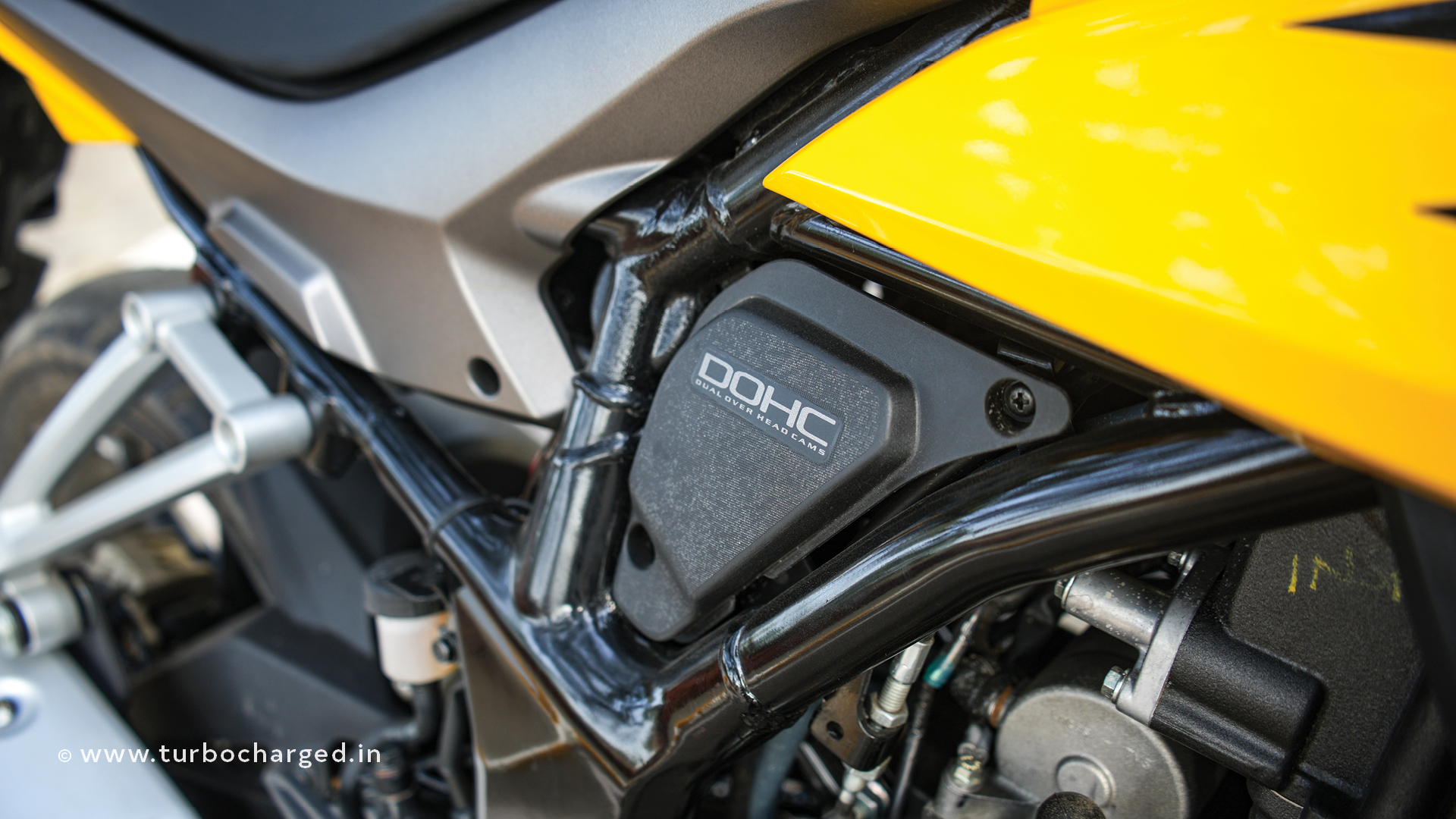
The engine is also quick to rev and there’s a relatively sportier feel as compared to the original Karizma’s long stroke engine. And a big reason for this is the fact that at 73mm, the new engine’s bore is almost 50 percent more than its stroke of 50mm, making it oversquare, something a lot of Karizma owners and online forums are sure to ponder over and discuss at length! The XMR is positioned as an easy to ride, everyday sportsbike, especially for riders upgrading from smaller, less powerful machines and the engine delivers in accordance with that thought. I found the torque curve to be a little too flat though and would have liked more grunt at mid to high revs, because while the engine does rev freely to its redline, performance tapers as you rev higher.

Overall performance is good though with the bike feeling quick, especially since kerb weight is a rather light 163.5kg. Throttle responses are smooth and fueling is crisp, adding further to the bike’s likeable feel. Top speed should be in excess of 140kmph, enough to satiate the wants of keyboard racers and also those wanting to head out for long rides. The fuel tank is a 11-litre one though and will call for more frequent stops for refueling on road trips. The engine also has a bit of a buzz throughout and mild vibration creeps in from the seat and fuel tank, something that should be an easy fix by adding more damping material to the engine mounts perhaps. Overall, the powertrain’s character feels different from the original Karizma’s and is sure to become a topic of discussions but admittedly, I do like the new engine’s demeanour. It suits the bike’s intended role and also matches its sporty design with its alacrity, though the gearbox does need to be worked when riding spiritedly. The six-speed gearbox is quite likeable with its lightness – at the clutch lever and gear lever both – and the slipper clutch works well too.
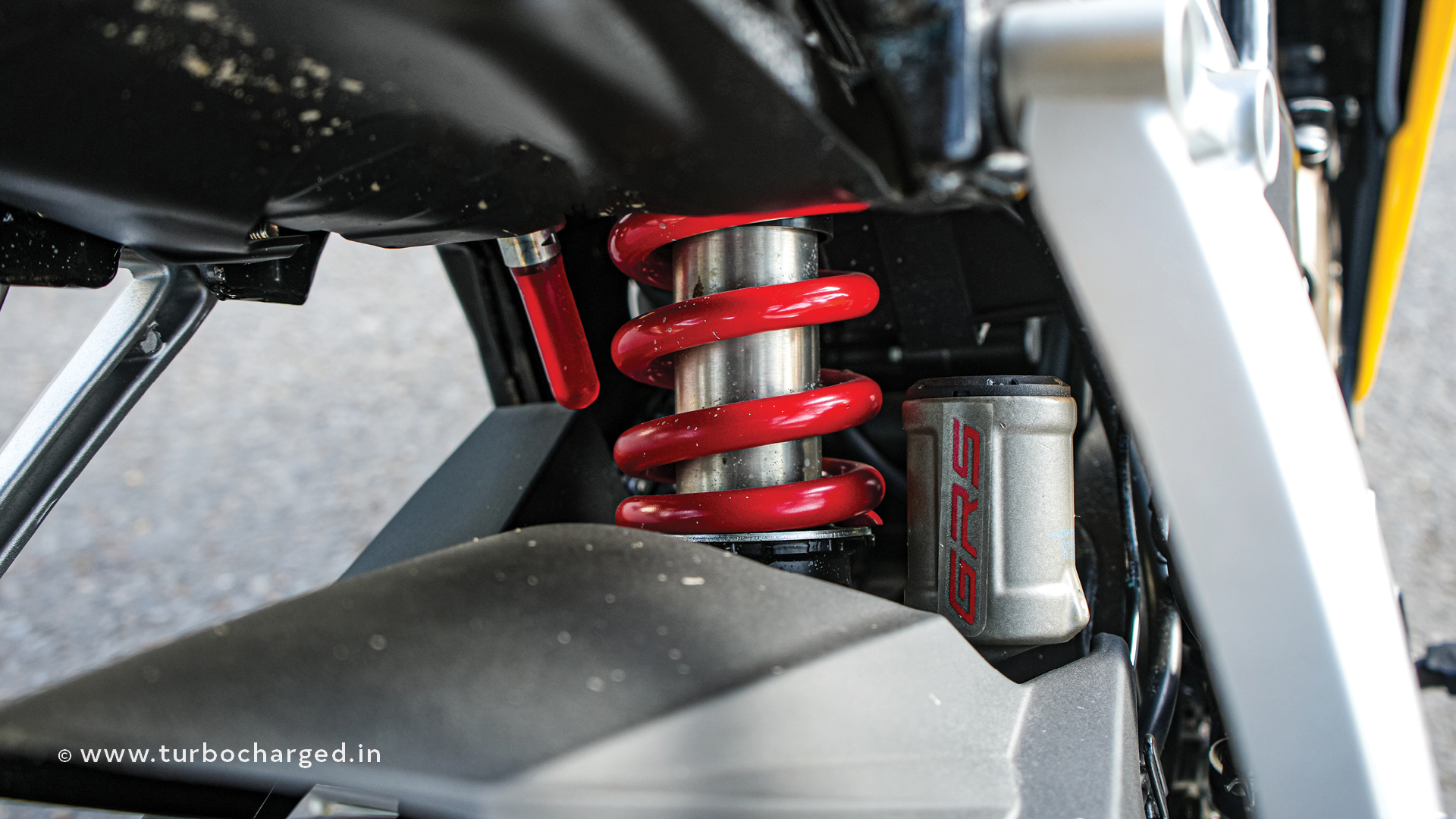
Moving on, I had little to no doubt about the Karizma XMR offering an excellent mix between ride and handling, given how impressive Hero’s new machines are. The XMR uses an all-new trellis frame along with 37mm telescopic forks and a 6-step preload adjustable, gas-charged monoshock. And while our test ride was a lot shorter than I would have liked, the bike impressed with its ride and handling both. There’s a hint of firmness to the setup but the XMR soaks up broken roads with aplomb while also feeling confident at high speeds and around corners. Hero claims this is no track tool and having said that, the XMR delivers on the handling front pretty well.
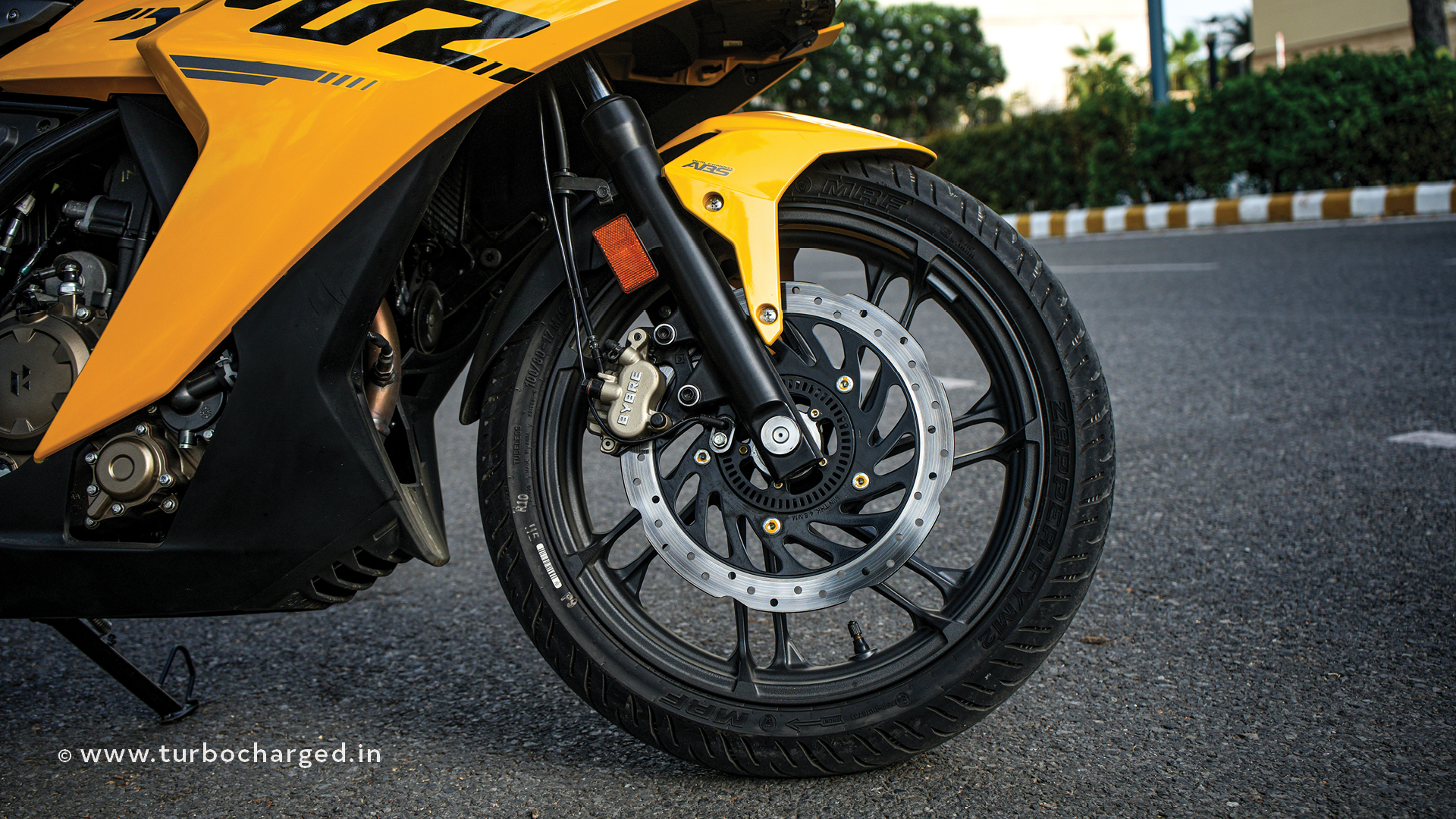
Braking hardware includes a 300mm petal disc at the front and a 230mm petal disc at the rear, but brakes could do with more initial bite. Hero claims the progressive feel is intentional, keeping inexperienced riders in mind, but I felt the need for a sharper bite when braking from higher speeds. What is impressive on the braking front is the non-intrusive nature of the dual channel ABS. I also like the riding position and rider triangle, as it is accommodating and comfortable, which should help on longer rides particularly.
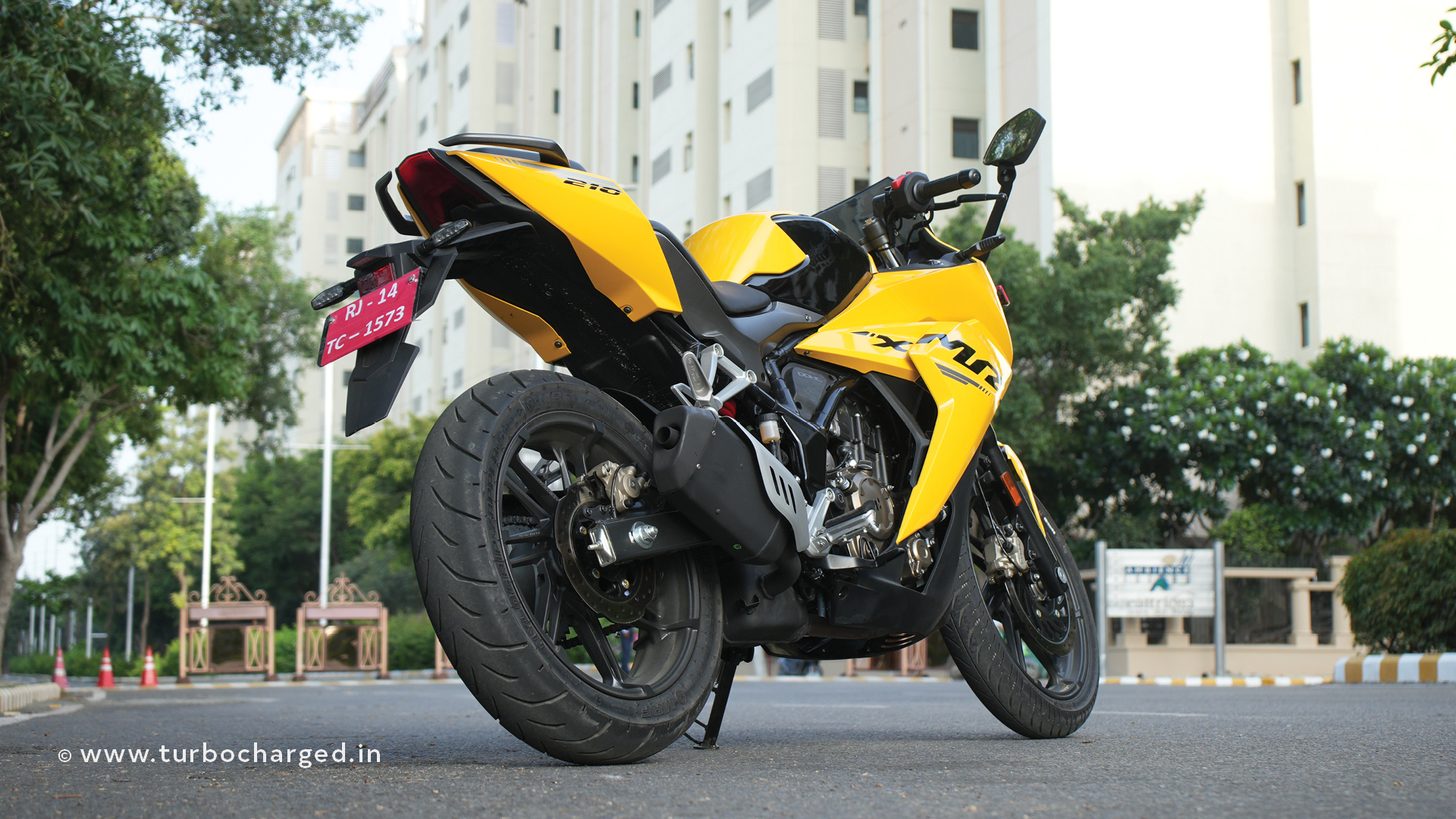
I would have liked more seat time like I just mentioned and hopefully that will happen soon. But my initial impressions about the Karizma XMR are positive. It looks smashing and is a well-proportioned motorcycle and easily one of the best looking machines at its price. The XMR feels different from the Karizma we’ve all known but is certainly likeable as a package and I do like this new direction the Karizma is taking. The introductory price is very inviting too – Rs 1.73 lakh ex-showroom is excellent value for money and given the amount of equipment you get. So overall, it is a departure from the Karizma we knew, but the XMR is certainly an interesting addition to the 200cc sportsbike arena.
